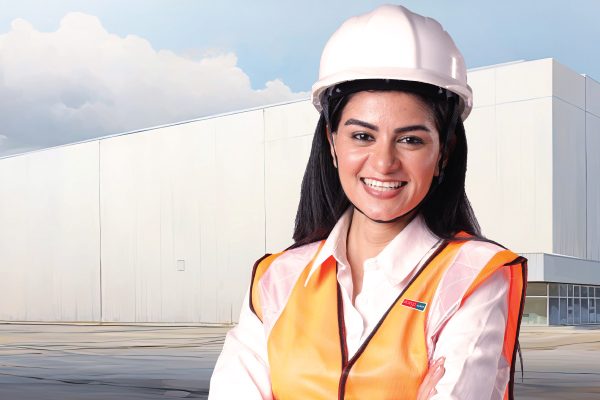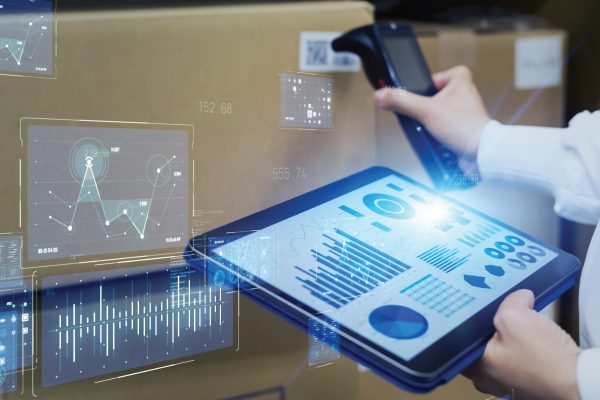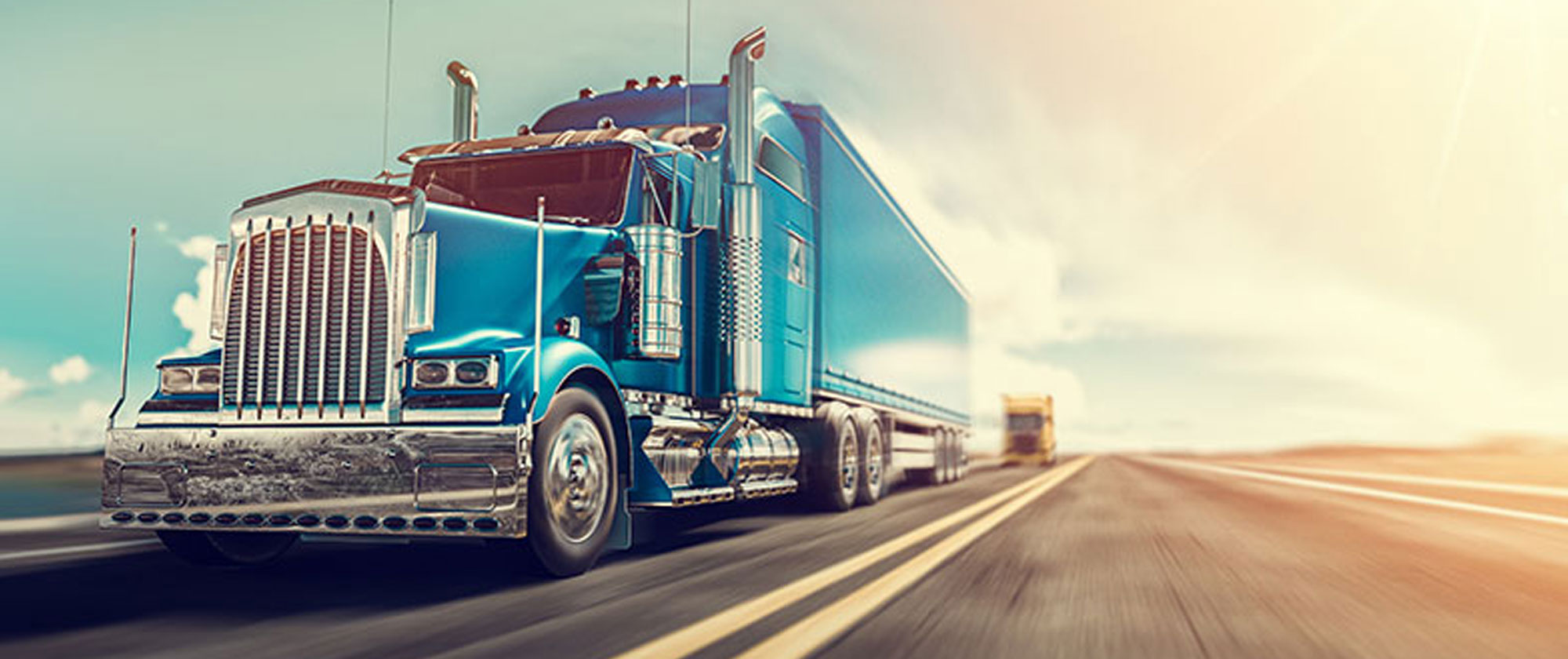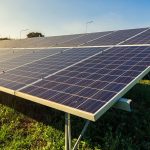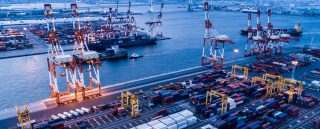Emmanuel Ferdinand has held senior management positions with various multinational firms in Sweden, Germany and India. Distribution of Energy, Power, Oil & Gas, Renewables, Marine & Defense, and Supply Chain Management are his areas of specialisation. He is currently the Managing Director of MAN Diesel and Turbo India Pvt Ltd.
Ask a question about the transport of the future, and the air is filled with erudite declarations and even prophecies – Hyperloop, automated transportation, rapid transit systems, and so it goes. And then there are electric cars, hydrogen cells, clean-gas engines that run on methane, ethane, etc.
The world has replaced bible-thumping zealots who called on people to save their souls with passionate chest-beaters swearing by a world run by renewables and calling to end global warming.
While the global drive for renewables and technologies that meet the requirements of non-pollutants — where the underlying buzzword is clean air by 2020 — is understandable, we are missing something.
To take a look at the requirements of the transport of the future, it is necessary that we take a look at what the world would look like in the future. All is not crystal-ball-gazing from a gypsy in a smoky tent: There are some clear indicators.
It is clear that we are faced with looking after the needs of approximately 8.5 billion people by 2030, and probably close to 10 billion by 2050. This is compounded by the change of demographics and shifting centers of influence.

The majority of the people will live in Africa and Asia, far outnumbering the people in the rest of the world.

The megacities of the world — hosting 10 million people or more — will look different with new megacities coming in the regions mentioned before. By 2030, Jakarta is expected to be the largest megacity in the world.
The transport of the future will be driven by these changing needs and consumption requirements. Compounding the requirements will be the staggering numbers of people and demands of the rising middle class.

All these regions and the prospective growth in people are concentrated in areas already clogged by overcrowding, little build-up on infrastructure and areas that are increasingly complex when it comes to efforts in building new infrastructure to match the demands.
The land routes are clogged, and today even the sky.

A view at 5.30 am Eastern Time, US.

Current flight paths around the world
In short, crowded aging cities, crowded skies and a need to keep them going and fulfill the growth and requirements of new centers are the biggest challenges.
The significant shift would be that in the past we moved people to places, while the future would be a lot about creating new places.
Here, again, the trends are visible: Two icons that stood for large movements of people to places — the A 380 and the Jumbo — will be no more in the next decade.
The future of transport will look a lot like the internet and its hubs and spokes: large movements to hubs away from traditional centers and nimble, quicker transporters to smaller spokes.
When we arrive at this point, the requirements are clearer. The major call would be for data and legislation to support these networks and technology to support this network.
In the next decade, he who has data is king. Logistics will drive the process and the other parts will become commodities.
We underestimate the legislation and cooperation needed to make this effective. Governments and states have to share and cooperate to enable this to work.
The technology requirements begin to be less obfuscated by hype. What is required by the hub will be large movements of goods and people. A lot of this will continue to be through traditional means of transport, with better data management and better technology under the hood.
We will utilise what we have along with what we can get from nature. The drive to make engines cleaner will drive up costs. Large requirements from hubs will call for mega-truck convoys, which in turn will lead to infrastructure that will let them drive along conventional roads. These, with better data management, will be semi-automated.
The rising costs of these trucks and infrastructure and the move away from traditional centers will make us rethink about railways. A lot of the current railway infrastructure can be used, making it cost-effective.
Asia and Africa will rediscover and utilise inland waterways, shifting a lot away from roads. They will also need to build new highways through already overcrowded areas.
Once these large hubs receive the goods and people, smaller and nimbler transport will take over — be it electric trucks, automated rapid transit, bullet trains, hyperloop, or VTOL air vehicles, all seamlessly integrated through fast-computing data management.
Dare to dream
History, however, states that all our changes have been defined by quantum leaps and then progressive linear changes until the next quantum leap.
To date, we make these assumptions on progressive and often median forecast data. Is there another quantum change in the offing? If one asked whether it is possible to transmit power over distances wirelessly, the answer would’ve been met with derision many years ago. Not any more, especially with phones that have wireless charging technology.
So, when are we moving particles wirelessly through the air? Go down that road, and all bets are off the table as we wait for “Beam me up, Scotty!”





